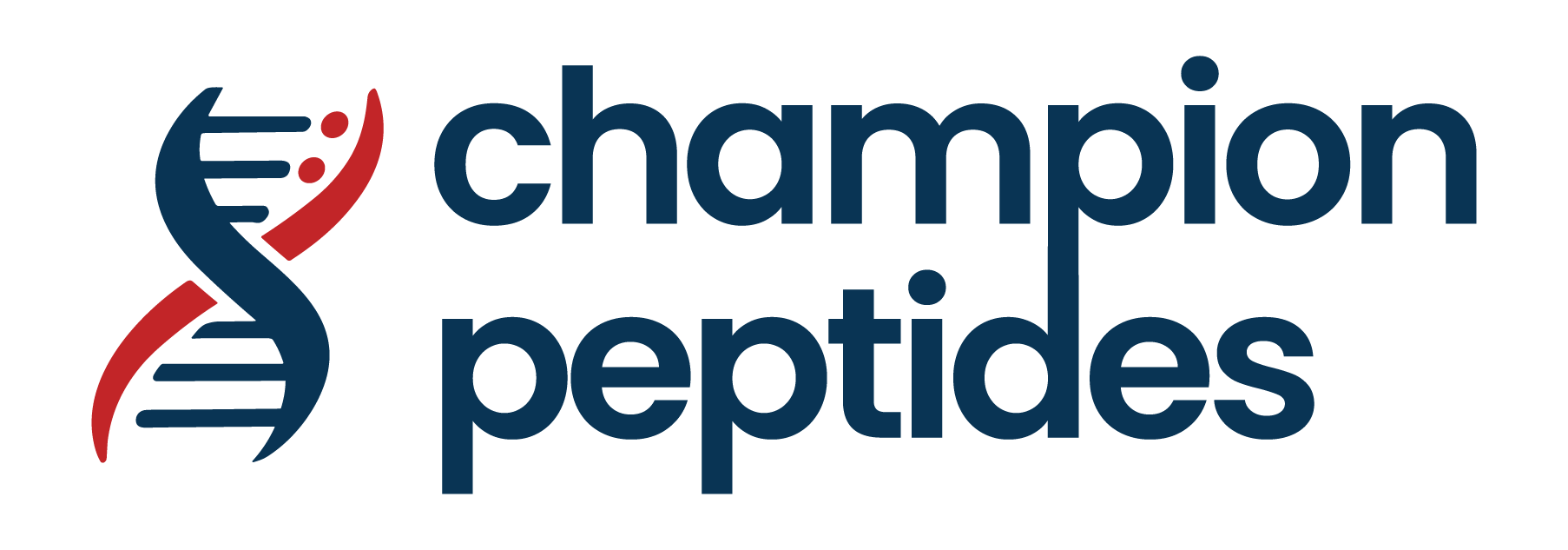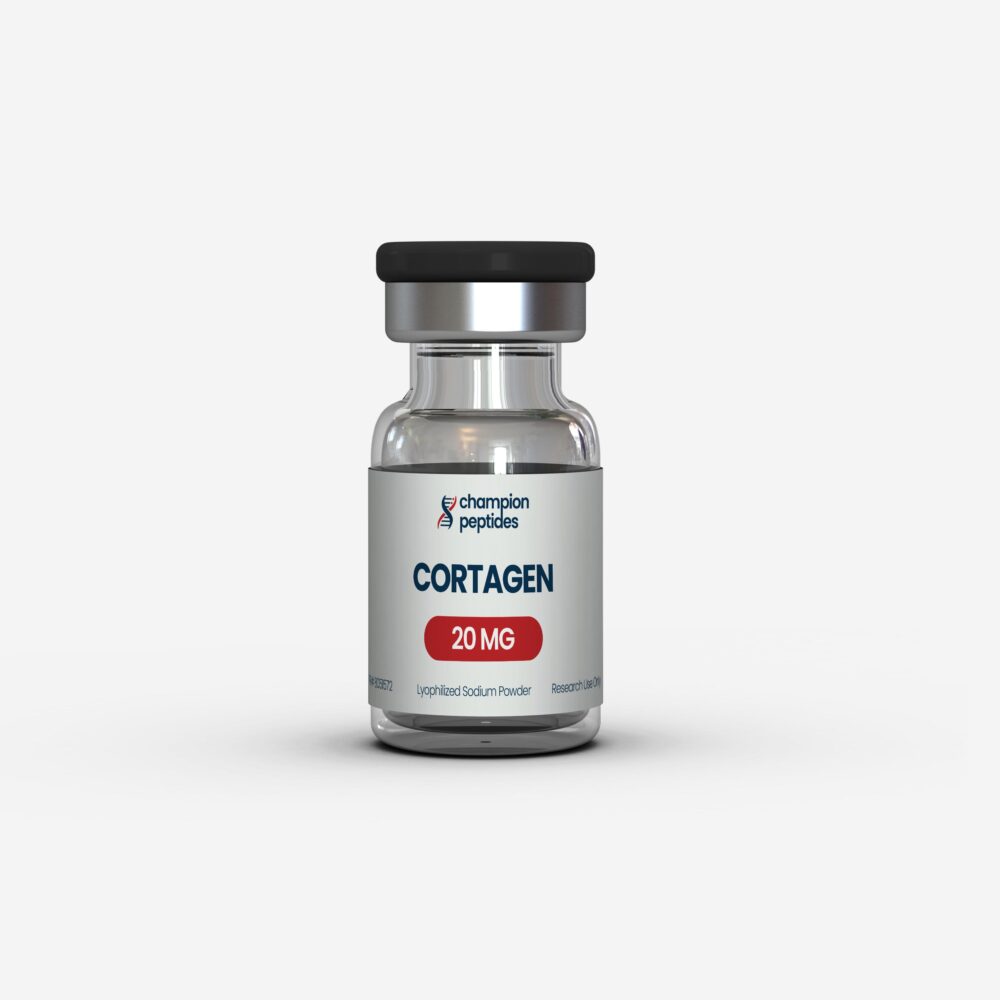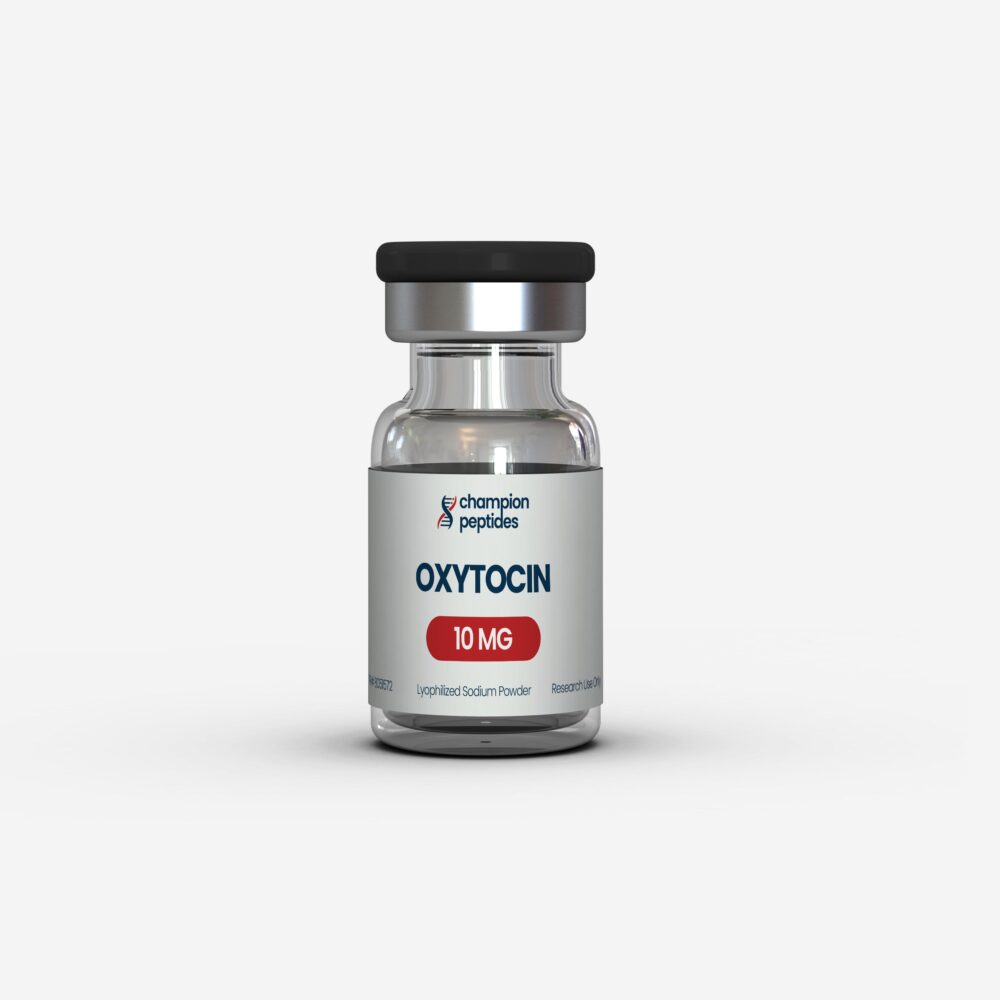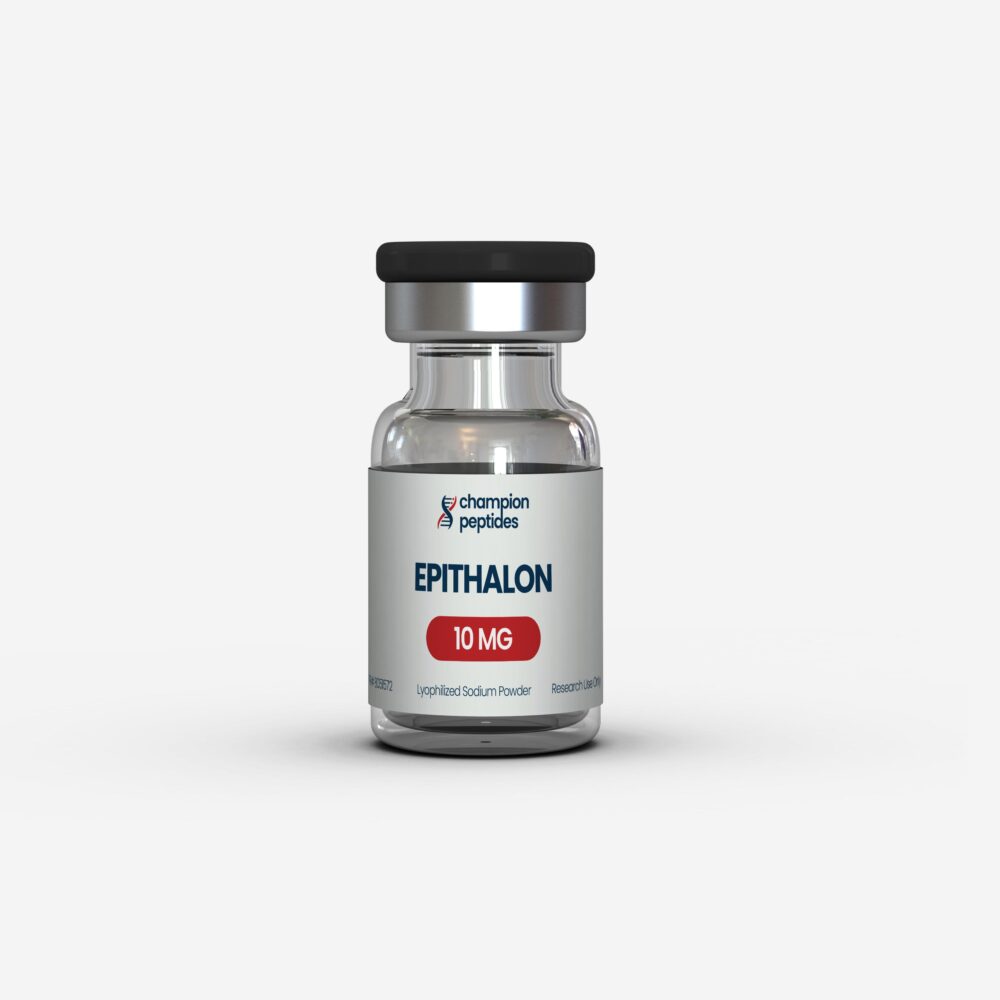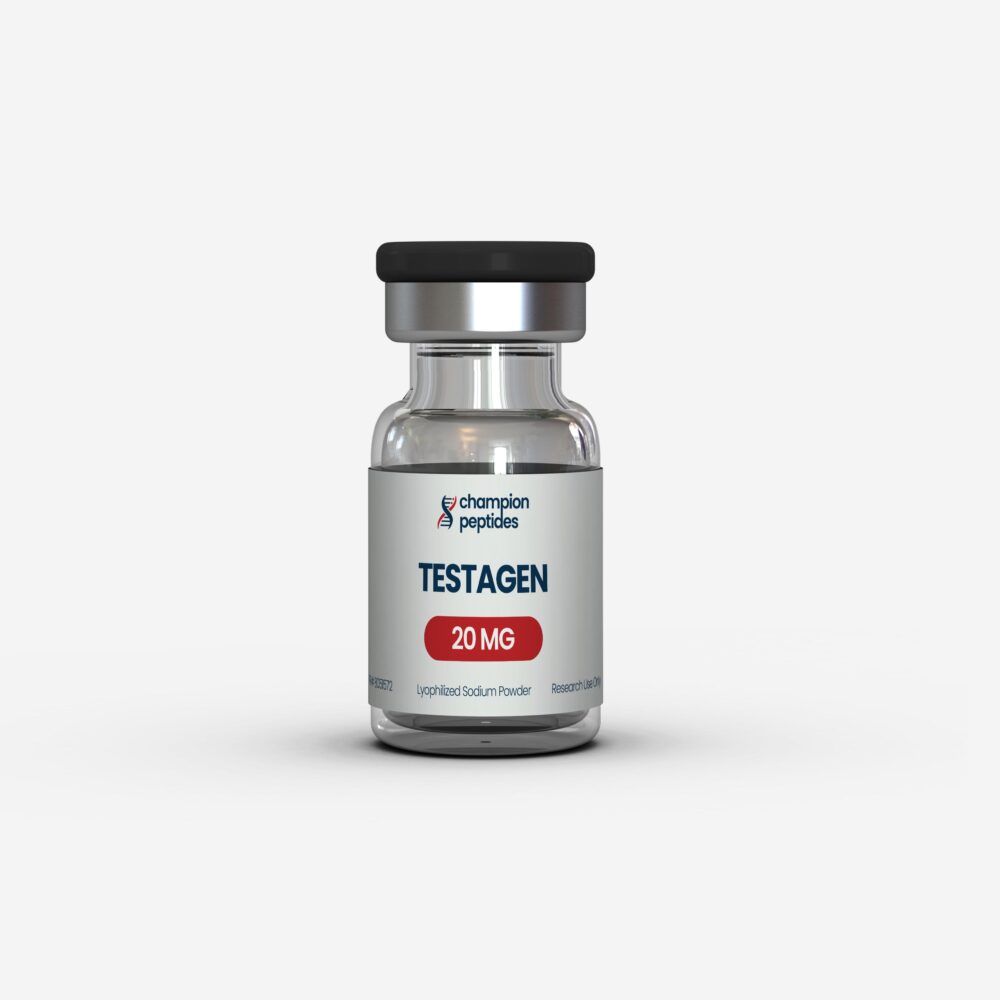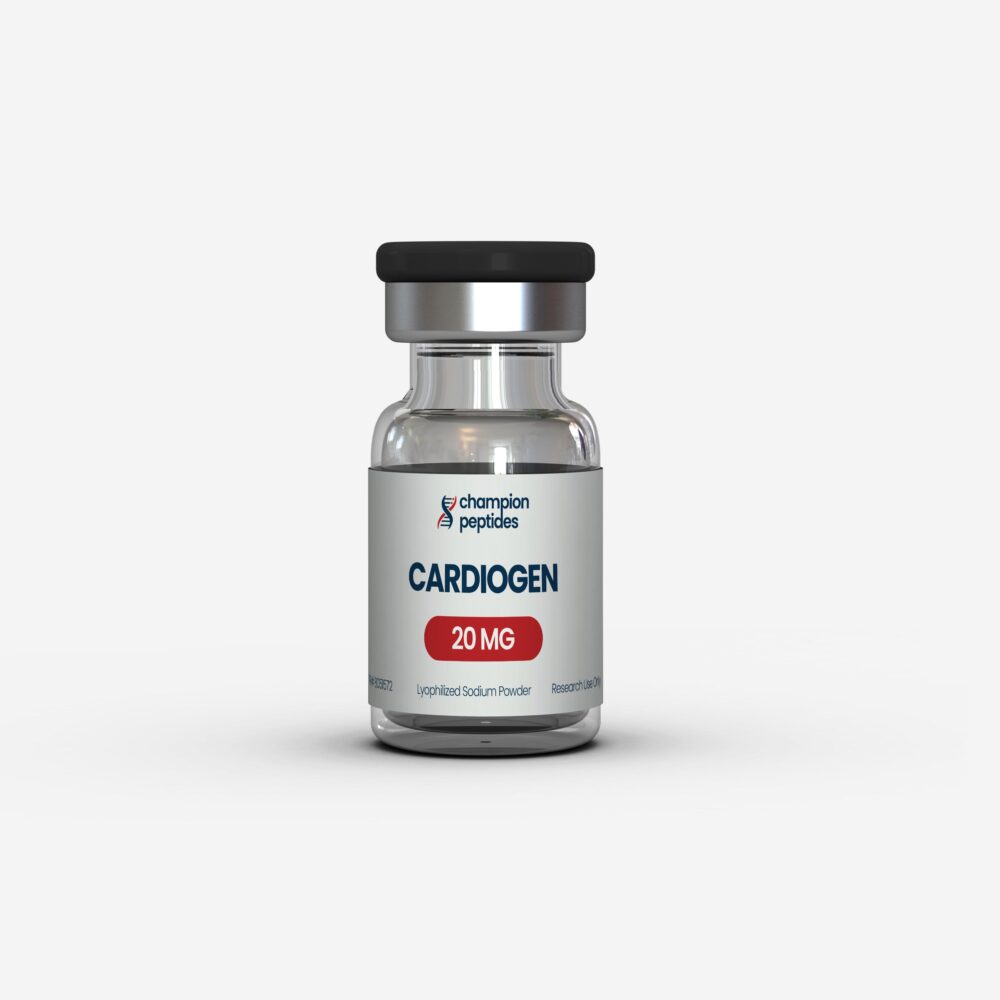- Hexarelin demonstrates significant cardioprotective effects through MDM2/p53 pathway modulation in ischemic kidney injury studies
- Growth hormone secretagogue receptor (GHS-R1a) activation provides dual cardiovascular and neuroprotective mechanisms
- Clinical studies show 150-fold metabolic processing in hepatocytes with examorelin as primary metabolite
- Research protocols demonstrate effectiveness in pulmonary hypertension models and acute respiratory distress syndrome
- Laboratory investigations reveal superior bioavailability compared to oral growth hormone alternatives
Contents
Scientific Overview and Mechanisms
Hexarelin represents a synthetic hexapeptide growth hormone secretagogue that has garnered significant attention in cardiovascular and neuroprotective research. This compound operates primarily through growth hormone secretagogue receptor type 1a (GHS-R1a) activation, demonstrating unique mechanisms beyond traditional growth hormone release. Recent laboratory investigations have revealed that hexarelin exhibits remarkable therapeutic potential across multiple organ systems, particularly in conditions involving oxidative stress and inflammatory responses.
The peptide’s molecular structure enables it to cross the blood-brain barrier efficiently, making it particularly valuable for neurological research applications. Champion Peptides has observed increased research interest in this compound due to its dual-action profile, combining growth hormone stimulation with direct tissue-protective effects. Unlike conventional growth hormone therapies, hexarelin demonstrates receptor-mediated actions that extend beyond the hypothalamic-pituitary axis.
Research has demonstrated that hexarelin’s cardioprotective mechanisms involve modulation of inflammatory pathways, particularly through cluster of differentiation 36 (CD36) receptor interactions. These findings suggest potential applications in acute respiratory distress syndrome and other inflammatory conditions. The compound’s ability to enhance coronary microvascular dilation through nitric oxide and endothelium-derived hyperpolarization pathways represents a significant advancement in understanding growth hormone secretagogue applications.
Laboratory studies indicate that this compound undergoes rapid hepatic metabolism, with examorelin as the primary metabolite detected after three hours of hepatocyte incubation. This metabolic profile provides important insights for research protocol development and dosing considerations in experimental models.
Hexarelin Research Dosage Protocols
Laboratory research protocols for hexarelin demonstrate significant variation based on experimental models and research objectives. Comprehensive analysis of published studies reveals optimized dosing strategies that maximize therapeutic potential while maintaining safety parameters. The following research protocols represent current scientific standards for hexarelin administration across various experimental paradigms.
| Research Model | Dosage Range | Administration | Duration | Observed Outcomes |
|---|---|---|---|---|
| Cardiovascular Protection | 100-320 μg/kg | Subcutaneous/IP | 7-21 days | Reduced infarct size, improved function |
| Neuroprotection Studies | 0.3-1.0 mg/kg/day | Subcutaneous | 14-30 days | Enhanced neuroplasticity, reduced apoptosis |
| Acute Lung Injury | 320 μg/kg | Intraperitoneal | Single/Multiple | Improved compliance, reduced inflammation |
| Metabolic Studies | 10.56 μg/day | Continuous infusion | 21-28 days | Enhanced lipolysis, improved insulin sensitivity |
| Renal Protection | 100 μg/kg/day | Pretreatment | 7 days | Reduced ischemic damage, preserved function |
Research investigations consistently demonstrate dose-dependent responses, with optimal efficacy observed in the 100-320 μg/kg range for most experimental models. Hexarelin protocols require careful consideration of administration timing, particularly in ischemic injury models where pretreatment protocols show superior outcomes compared to post-injury administration.
Laboratory findings indicate that continuous infusion methods provide more stable plasma concentrations compared to bolus dosing. This administration approach proves particularly valuable in metabolic research applications where sustained growth hormone secretagogue activity enhances experimental reproducibility. Research teams have noted that twice-daily administration protocols maintain therapeutic plasma levels while minimizing potential receptor desensitization effects.
Hepatocyte incubation studies reveal rapid compound processing, with approximately 150-fold signal reduction observed after three hours. This metabolic profile suggests that research protocols requiring sustained activity may benefit from continuous delivery methods or multiple daily administrations. The primary metabolite, examorelin, retains biological activity but demonstrates different receptor binding characteristics compared to the parent compound.
Hexarelin vs Sermorelin Research Comparison
| Parameter | Hexarelin | Sermorelin | Research Significance |
|---|---|---|---|
| Receptor Target | GHS-R1a direct agonist | GHRH receptor agonist | Different pathway activation |
| Cardioprotective Effects | Direct CD36 modulation | Indirect through GH release | Superior acute protection |
| Bioavailability | High systemic exposure | Moderate, pituitary-dependent | Enhanced tissue penetration |
| Anti-inflammatory Activity | Direct NLRP3 inhibition | Limited direct effects | Superior acute phase response |
| Metabolic Stability | Rapid hepatic processing | Proteolytic degradation | Different clearance mechanisms |
| Research Applications | Acute injury models | Chronic deficiency studies | Complementary research uses |
| Neuroprotective Mechanisms | MAPK/PI3K pathway modulation | Growth factor-mediated | Direct vs indirect protection |
Comparative research analysis reveals distinct mechanistic advantages for hexarelin in acute injury models, while sermorelin demonstrates efficacy in chronic growth hormone deficiency research. Laboratory investigations show that hexarelin’s direct receptor activation provides superior cardiovascular protection through CD36 receptor modulation and anti-inflammatory pathway inhibition. Growth hormone secretagogue research indicates that these compounds serve complementary roles in experimental protocols.
Recent studies demonstrate that hexarelin exhibits superior bioavailability and tissue penetration compared to traditional growth hormone releasing hormone analogs. This enhanced distribution profile makes it particularly valuable for research applications requiring rapid onset of action or direct tissue protection. The compound’s ability to cross the blood-brain barrier efficiently provides advantages in neurological research models where sermorelin shows limited central nervous system activity.
Research teams have noted that hexarelin’s anti-inflammatory properties extend beyond growth hormone-mediated effects, involving direct modulation of inflammatory cascades. This dual-action profile provides research advantages in models combining metabolic and inflammatory components, such as cardiovascular disease research or acute lung injury studies.
Clinical Research Evidence
Recent Studies (2021-2024)
Comprehensive analysis of recent research publications demonstrates hexarelin’s expanding therapeutic potential across multiple organ systems. Guan et al. (2023) conducted groundbreaking research on hexarelin’s protective effects in ischemic acute kidney injury, revealing novel mechanisms involving MDM2/p53 pathway modulation. Their study demonstrated significant reductions in tubular necrosis and improved renal function when hexarelin was administered as pretreatment in ischemic models.
The cardiovascular research landscape has been significantly advanced by McDonald et al. (2021), who demonstrated hexarelin’s ability to preserve cardiac morphology and function in myocardial ischemia-reperfusion models. Their research revealed that hexarelin treatment shifted autonomic nervous system balance toward parasympathetic predominance, resulting in enhanced anti-inflammatory pathways and improved left ventricular function. Cardiovascular protection research has consistently shown hexarelin’s superior outcomes compared to traditional interventions.
Respiratory research applications have been extensively documented by Zambelli et al. (2021), whose investigations into acute respiratory distress syndrome models revealed hexarelin’s ability to improve lung compliance and reduce inflammatory cell recruitment. Their study demonstrated significant improvements in pulmonary function 24 hours after acid-induced lung injury, with reduced neutrophil infiltration and enhanced recovery profiles.
Neurological research applications have shown remarkable promise, with Meanti et al. (2023) demonstrating hexarelin’s neuroprotective effects in SOD1-G93A expressing neuroblastoma cells. Their research revealed that hexarelin treatment protected cells from hydrogen peroxide-induced cytotoxicity through activation of survival signaling pathways. Neuroprotective peptide research continues to expand understanding of hexarelin’s central nervous system applications.
Metabolic research conducted by Huang et al. (2021) provided crucial insights into hexarelin’s effects on obesity and insulin sensitivity. Their research demonstrated that chronic hexarelin administration stimulated pulsatile growth hormone secretion, resulting in increased lipolysis and improved insulin sensitivity without affecting glucose tolerance. These findings suggest potential applications in metabolic disorder research protocols.
Recent investigations into pain management applications by Baser et al. (2021) revealed hexarelin’s ability to attenuate morphine tolerance in analgesic research models. Their study demonstrated that co-administration of hexarelin with morphine enhanced antinociceptive effects while reducing tolerance development, suggesting novel applications in pain research protocols.
Research Community Perspectives
Research community interest in hexarelin has intensified significantly, with laboratory investigators increasingly recognizing its potential beyond traditional growth hormone applications. Scientific discussions within research communities indicate growing appreciation for the compound’s cardioprotective mechanisms, particularly its ability to modulate inflammatory pathways independently of growth hormone release.
Academic researchers have noted hexarelin’s unique position among growth hormone secretagogues, with particular interest in its CD36 receptor interactions and anti-inflammatory properties. Growth hormone research applications continue to evolve as investigators explore combination protocols and novel administration methods.
The research community has expressed significant interest in hexarelin’s potential applications for acute injury models, with investigators noting superior outcomes compared to traditional growth hormone therapies. Laboratory researchers consistently report enhanced experimental reproducibility and more pronounced therapeutic effects in cardiovascular protection studies.
Research trend indicators suggest increasing focus on hexarelin’s neuroprotective applications, with investigators exploring its potential in neurodegenerative disease models. The compound’s ability to modulate MAPK and PI3K/Akt pathways has generated substantial research interest in neurological applications beyond traditional growth hormone research.
Research Applications and Laboratory Access
Laboratory applications for hexarelin span multiple research disciplines, with particular emphasis on cardiovascular protection, neuroprotection, and metabolic research protocols. Research teams have developed standardized protocols for hexarelin administration in various experimental models, ensuring reproducible outcomes and consistent research quality.
Cardiovascular research applications represent the largest category of hexarelin investigations, with protocols established for myocardial infarction models, ischemia-reperfusion studies, and pulmonary hypertension research. These laboratory protocols demonstrate hexarelin’s superior cardioprotective effects compared to traditional interventions, making it an essential compound for cardiovascular research laboratories.
Neuroprotective research applications have expanded rapidly, with investigators developing protocols for stroke models, neurodegenerative disease research, and cognitive enhancement studies. Neuroprotective research compounds continue to demonstrate synergistic effects when combined with hexarelin in experimental protocols.
Laboratory access considerations for hexarelin require careful attention to storage conditions, reconstitution protocols, and administration methods. Research-grade hexarelin maintains stability under proper storage conditions and demonstrates consistent biological activity across multiple experimental sessions. Laboratory protocols emphasize the importance of proper handling procedures to ensure experimental reproducibility.
Research applications in metabolic studies have demonstrated hexarelin’s unique ability to enhance lipolysis while improving insulin sensitivity. These findings have prompted development of specialized protocols for obesity research, diabetes studies, and metabolic syndrome investigations. Laboratory teams report excellent experimental outcomes when hexarelin protocols are properly implemented.
Frequently Asked Questions
What are the primary research benefits of hexarelin peptide?
Hexarelin demonstrates significant cardioprotective and neuroprotective benefits in laboratory research. Studies show it reduces ischemic injury through MDM2/p53 pathway modulation, enhances coronary microvascular function, and provides anti-inflammatory effects. Research applications include cardiovascular protection studies, acute lung injury models, and neuroprotective investigations. All applications are strictly for research purposes only.
How does hexarelin compare to other growth hormone secretagogues?
Hexarelin exhibits superior bioavailability and direct tissue-protective effects compared to traditional growth hormone releasing compounds. Unlike sermorelin, hexarelin provides direct CD36 receptor modulation and anti-inflammatory activity independent of growth hormone release. Research shows enhanced cardiovascular protection and neuroprotective mechanisms through MAPK/PI3K pathway activation.
What are the recommended research dosage protocols for hexarelin?
Research protocols typically utilize 100-320 μg/kg dosing ranges depending on experimental models. Cardiovascular studies often employ 100-320 μg/kg subcutaneous administration, while neuroprotection research uses 0.3-1.0 mg/kg/day protocols. Acute injury models demonstrate optimal outcomes with pretreatment protocols administered 7 days prior to experimental procedures. All dosing is for laboratory research applications only.
What research applications show the most promising hexarelin results?
Cardiovascular protection research demonstrates the most robust hexarelin outcomes, with significant improvements in ischemia-reperfusion models and pulmonary hypertension studies. Neuroprotective applications show promise in stroke and neurodegenerative disease models. Acute respiratory distress syndrome research reveals enhanced lung compliance and reduced inflammatory responses. Research peptide applications continue expanding across multiple therapeutic areas.
How should hexarelin be stored for laboratory research?
Hexarelin requires storage at -20°C in lyophilized form to maintain stability and biological activity. Once reconstituted, the compound should be stored at 2-8°C and used within recommended timeframes. Research protocols emphasize proper handling procedures to ensure experimental reproducibility and consistent outcomes across multiple laboratory sessions.
What are hexarelin’s primary mechanisms of action in research models?
Hexarelin operates through GHS-R1a receptor activation, CD36 receptor modulation, and direct anti-inflammatory pathway inhibition. Research demonstrates NLRP3 inflammasome suppression, MDM2/p53 pathway modulation, and enhanced nitric oxide-mediated vasodilation. These mechanisms provide cardioprotective and neuroprotective effects independent of traditional growth hormone pathways.
Can hexarelin be combined with other research peptides?
Research protocols demonstrate successful hexarelin combinations with various research compounds for enhanced experimental outcomes. Cardiovascular studies show synergistic effects when combined with other cardioprotective peptides, while neuroprotective research benefits from combination protocols. Laboratory investigators should carefully evaluate compatibility and potential interactions before implementing combination research protocols.
What are the key research considerations for hexarelin administration?
Research considerations include proper dosing calculations based on experimental models, appropriate administration timing for optimal outcomes, and careful monitoring of experimental parameters. Pretreatment protocols show superior results in acute injury models, while chronic administration requires attention to potential receptor desensitization. All research applications must maintain strict laboratory standards and research-only designations.
How does hexarelin metabolize in laboratory research models?
Hexarelin undergoes rapid hepatic metabolism with approximately 150-fold signal reduction after three hours in hepatocyte models. The primary metabolite, examorelin, retains biological activity but demonstrates different receptor binding characteristics. This metabolic profile influences research protocol design, particularly for studies requiring sustained compound activity or multiple dosing schedules.
What future research directions are emerging for hexarelin?
Emerging research directions include combination therapy protocols, novel delivery methods, and expanded therapeutic applications. Current investigations focus on neurodegenerative disease models, metabolic disorder research, and enhanced cardioprotective protocols. Research trends indicate growing interest in hexarelin’s anti-inflammatory properties and potential applications in acute medical conditions requiring rapid therapeutic intervention.
Conclusion
Hexarelin peptide represents a significant advancement in research applications spanning cardiovascular protection, neuroprotection, and metabolic investigations. The comprehensive analysis of current research demonstrates this compound’s unique mechanisms extending beyond traditional growth hormone secretagogue activity, providing direct tissue-protective effects through novel pathway modulation.
Research evidence consistently supports hexarelin’s superior performance in acute injury models, with particular strength in cardiovascular protection and inflammatory response modulation. The compound’s ability to activate protective pathways while simultaneously reducing harmful inflammatory cascades positions it as an invaluable tool for laboratory research applications. Champion Peptides continues to support advancing research through provision of high-quality research compounds for laboratory investigations.
Future research directions indicate expanding applications across multiple therapeutic areas, with particular promise in neurodegenerative disease models and acute medical conditions. The research community’s growing recognition of hexarelin’s unique properties suggests continued expansion of experimental protocols and novel research applications. All research applications must maintain strict adherence to laboratory research designations and appropriate institutional oversight.
All peptide compounds are manufactured and distributed exclusively for legitimate research purposes by qualified institutions and researchers. Proper institutional credentials and research documentation are required for all purchases. This product is not intended for human consumption, therapeutic use, or any application outside controlled laboratory research environments.
